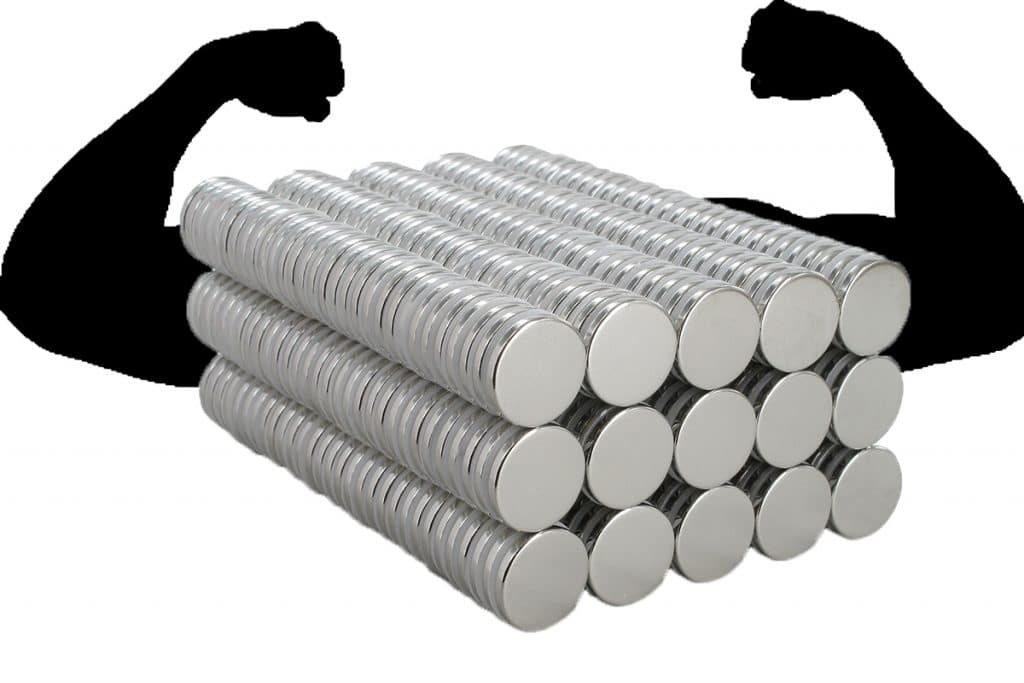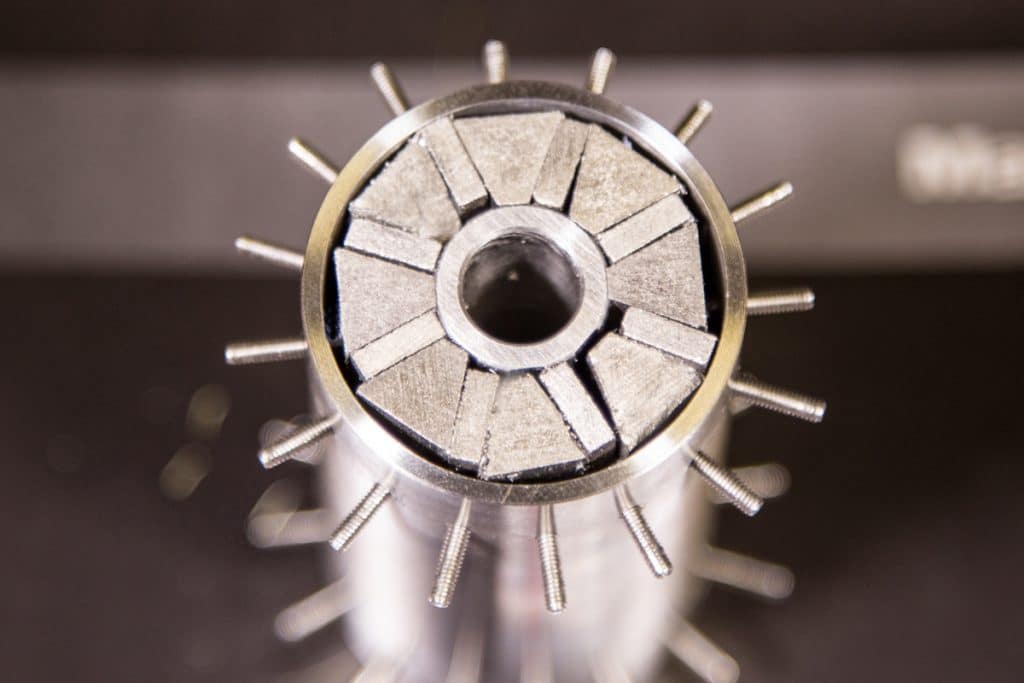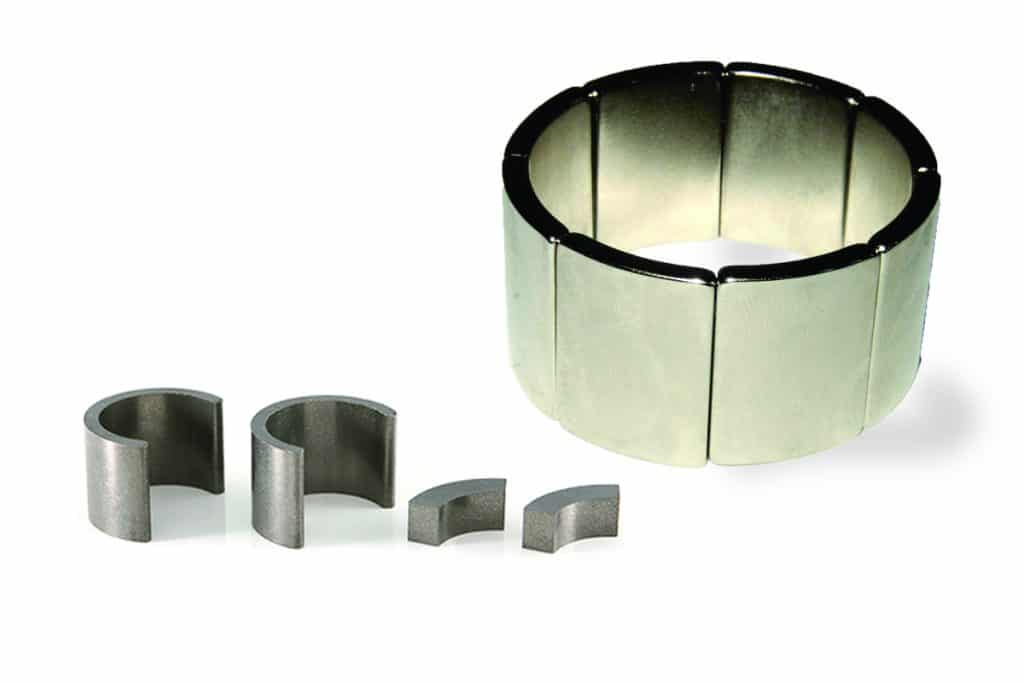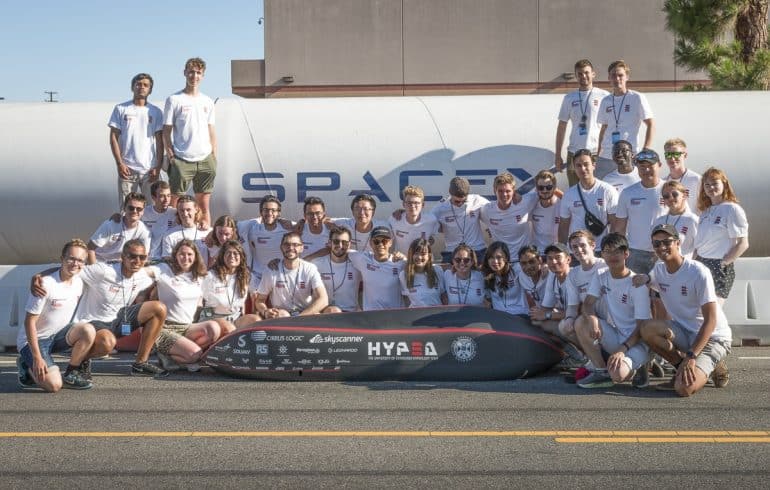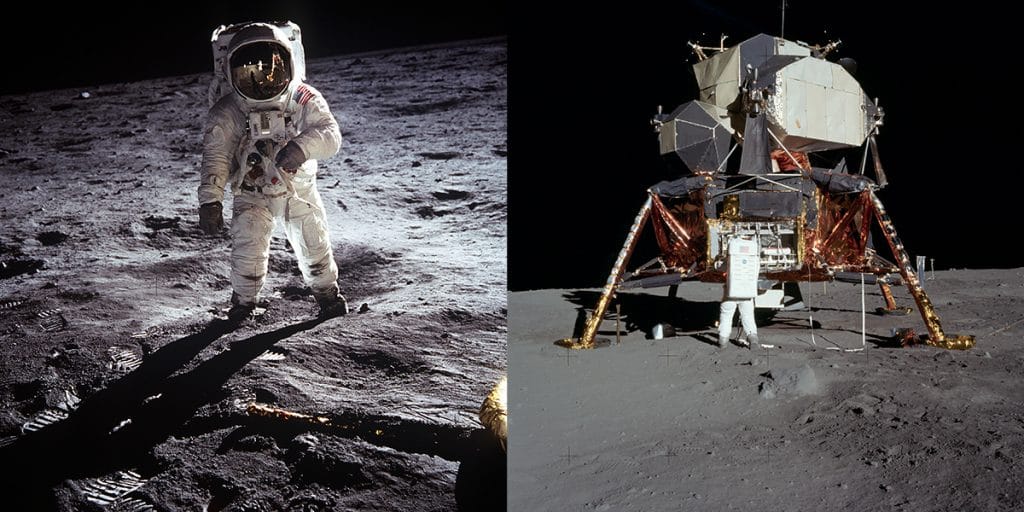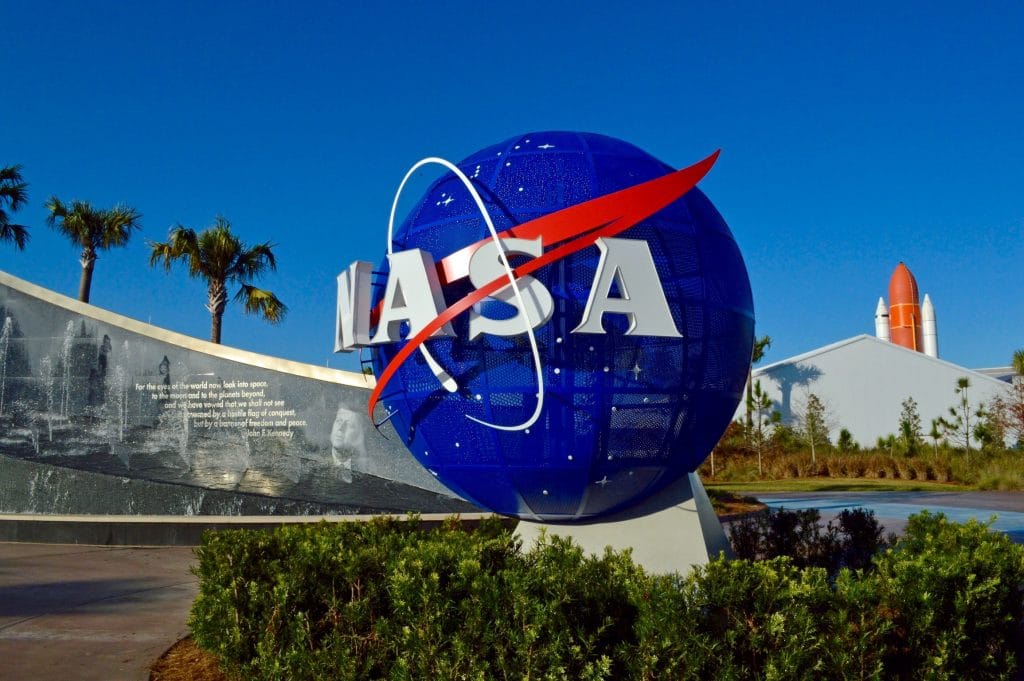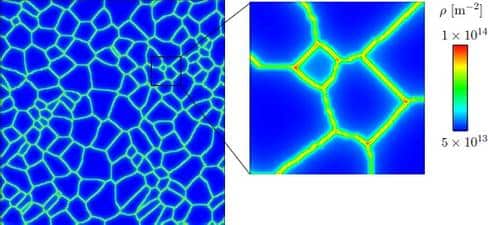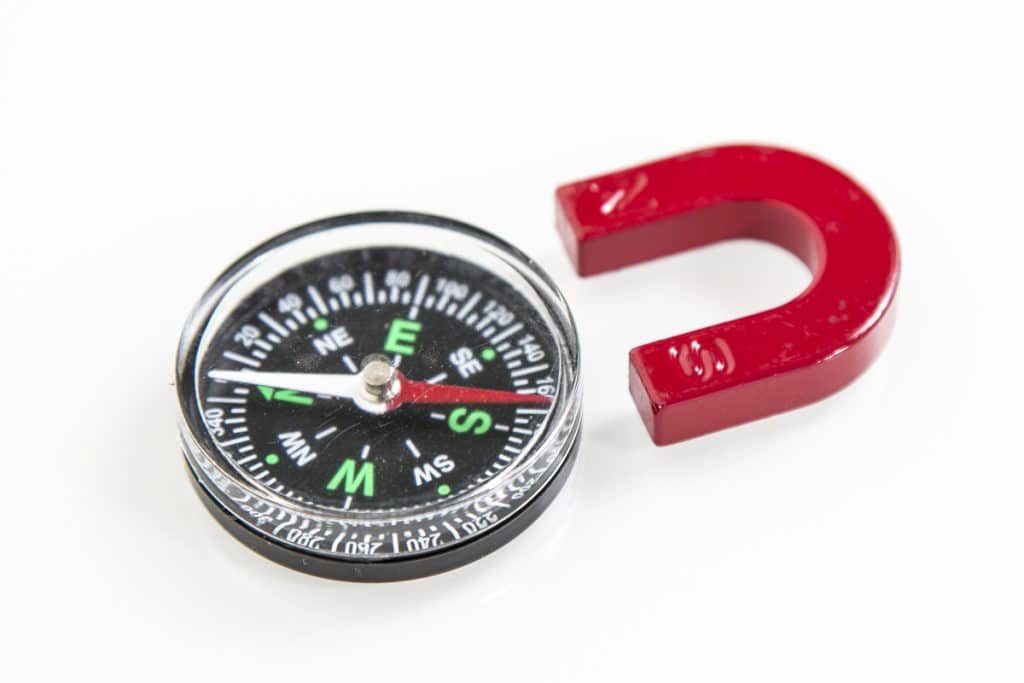Magnet Science
Explaining Neodymium Magnet Strength
Neodymium Rare Earth Magnets are the strongest commercially available permanent magnets in the world. Originally invented by General Motors and Sumitomo Special Metals in the early 1980s, Neodymium Magnets are a key component in mobile phones, computers, wind turbines, and modern cars. The list of applications is nearly endless. As the name suggests, the prime…
Read MoreAn Introduction to the Halbach Array
Halbach Arrays feature in many common-day devices such as brushless DC motors and even the Inductrack Maglev train. The Halbach Array is a specific arrangement of permanent magnets that cancels the magnetic field to nearly zero on one side, but significantly increases the strength of the magnetic field on the opposite side. This magnetic phenomenon…
Read MoreSurface Mounted Arc Magnets
Bunting is capable of supplying almost any shape and size of a permanent magnet, but one of the most popular shapes is the arc. Arc magnets are used in a wide range of magnet assemblies, but in particular, surface mounted electric machines. There are four main types of arc magnets and these are: Each arc-type…
Read MoreHYPED in 2019 SpaceX Hyperloop Pod Competition
SpaceX held the first Hyperloop Pod Competition in 2015. Through a competitive environment, SpaceX aimed to promote and support the development of functional Hyperloop prototypes and encourage innovation. Student teams from around the world were tasked with designing and building the best high-speed pod. In July 2019, SpaceX staged the fourth competition – Hyperloop Pod…
Read MoreMagnets In Space
2019 marks the 50th anniversary of when mankind first stepped onto the surface of the moon. However, not many people know that this momentous achievement would not have been possible without magnets. In this article, we review the important role of magnets in space. The guidance and navigation system computers for the Apollo 11 spacecraft…
Read MoreSupplying Magnets To NASA
Bunting is thrilled to have been selected as the supplier of high specification grain boundary diffused Neodymium Iron Boron (NdFeB) Magnets for a NASA project. Grain Boundary Diffused Magnets Grain Boundary Diffusion (GBD) technology enables the heavy rare earth element Dysprosium to diffuse from the surface of a grain around all of the grains boundaries. Dysprosium…
Read MoreThe Future Is Magnetic
A Review of the UK Magnetics Society’s Ewing Event 2018 This year’s 31st Ewing Event, organised by the UK Magnetics Society and sponsored by Bunting Magnetics, focused on the important role of ‘magnets’ in the future. Indeed, it is widely recognised that magnetic fields are the ideal, low-energy way for creating motion. At the event, there…
Read MoreGrain Boundary Diffusion Technology
Neodymium (NdeFeB) Rare Earth Magnets are used throughout industry and, as demand increases from the Energy, Automotive, Aerospace and Down Hole markets, the drive is towards producing magnets that have the highest magnetic energy under the harshest of conditions such as: These are typical applications where the Samarium Cobalt (SmCo) Rare Earth Magnet has been…
Read MoreOffices Would No Longer Function Without Magnets
Stating that an office would not be able to function without the presence of magnets is pretty bold. Immediately you are thinking that there are other ways to pin notices to white boards or neatly store paperclips. Important, maybe, but these are not critical to our daily life in work. So, if magnets were removed…
Read MoreA Compass Magnetically Shows The Way
Interaction Between A Compass and Earth’s Magnetic Field When a kid is given a compass for the first time, they almost become mesmerised by the way the needle spins around every time they move. No matter which way they go, the compass needle will always point in the same direction. The simple compass was invented…
Read More
